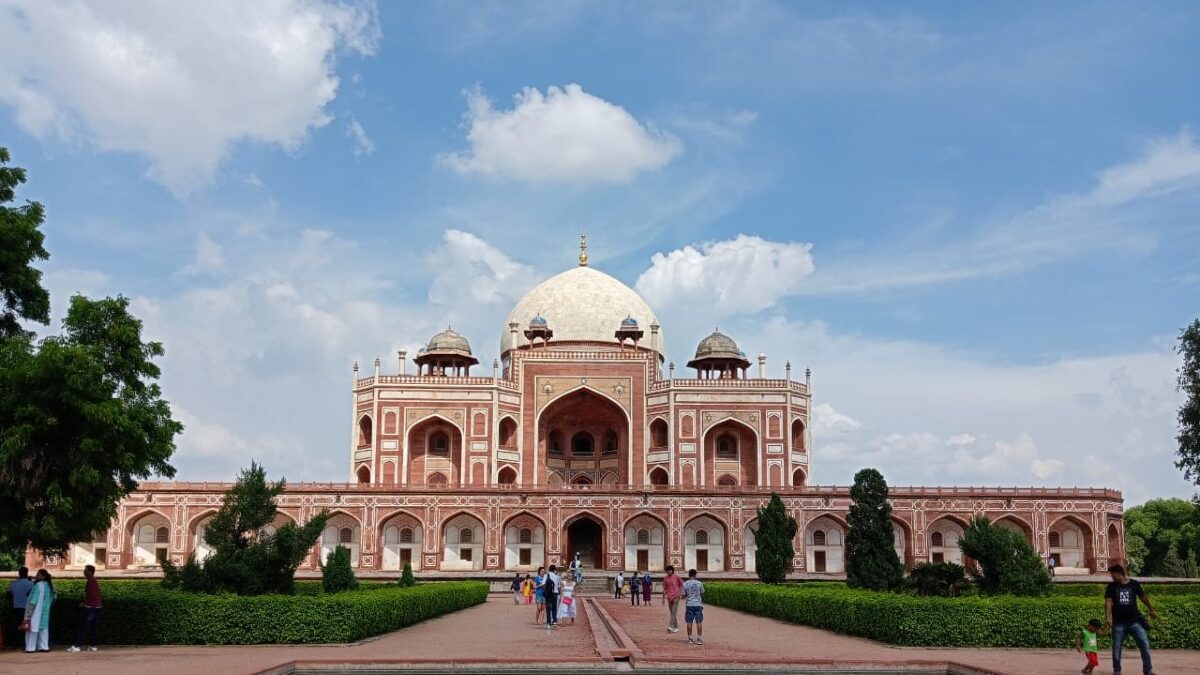
Humayun’s Tomb
Humayun’s Tomb, built in the 1560’s, is a specimen of the grandiose of Mughal architecture and its garden setting has no precedence in the Islamic world for a mausoleum. Built on a monumental scale with the patronage of Humayun’s son, the great Emperor Akbar, the Humayun’s Tomb is the first of the grand dynastic mausoleums that later on became synonyms of Mughal architecture with the architectural style reaching its zenith 80 years later at the later Taj Mahal.
The monument includes other contemporary, 16th century Mughal garden-tombs such as Nila Gumbad, Isa Khan, Bu Halima, Afsarwala, Barber’s Tomb and the complex where the craftsmen employed for the Building of Humayun’s Tomb stayed, the Arab Serai.
Also Read: Delhi skies a feast for the eyes before winter arrives
For more stories that cover the ongoings of Delhi NCR, follow us on:
Instagram: instagram.com/thepatriot_in/
Twitter: twitter.com/Patriot_Delhi
Facebook: facebook.com/Thepatriotnewsindia
Ahead of her January 11 Delhi concert, legendary vocalist Begum Parveen Sultana reflects on her…
Sood said universities are no longer limited to academic instruction and are increasingly emerging as…
The accused has allegedly confessed his involvement and further investigation is underway to recover the…
The petitions challenge the Delhi School Education (Transparency in Fixation and Regulation of Fees) Act,…
A Saket court staffer allegedly died by suicide after jumping from a building, with police…
Customs officials intercepted the duo on arrival from Vietnam at IGI Airport’s Terminal 3, recovering…